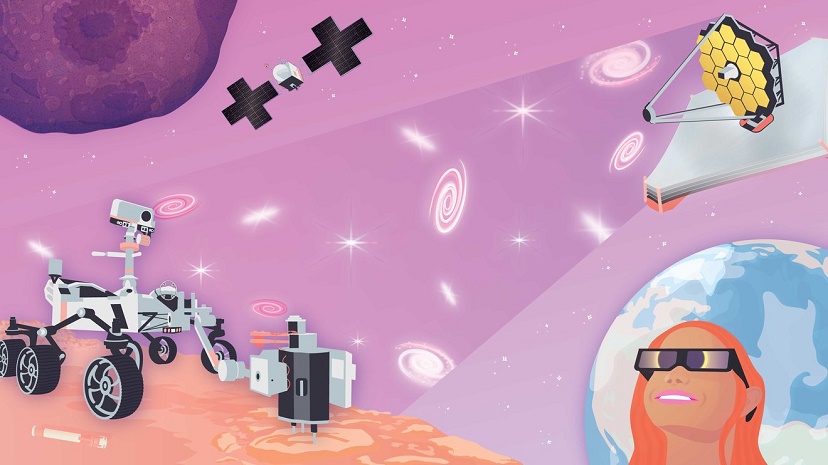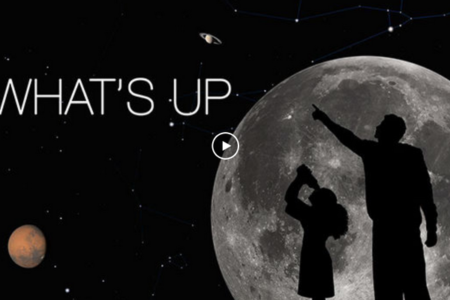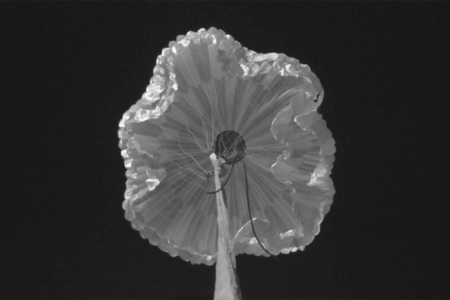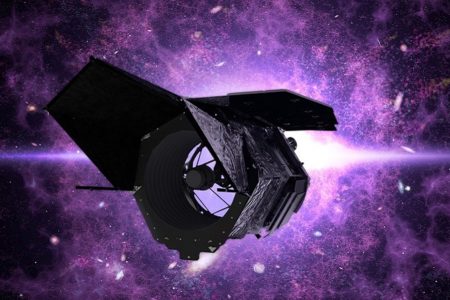
In honor of the mathematical constant pi – and its many uses in space exploration – the annual NASA Pi Day Challenge offers four math problems involving real NASA missions and science. Credit: NASA/JPL-Caltech
Pi Day is the annual tribute to the mathematical constant pi, whose infinite number of decimals is usually rounded to 3.14. So what better day to celebrate than March 14? To find pi, aka the Greek letter π, you simply divide any circle’s circumference by its diameter. It’s a ratio that’s indispensable to NASA missions studying Earth, Mars, and beyond.
This Pi Day marks the 10th year that the Education Office at NASA’s Jet Propulsion Laboratory has celebrated this wondrously useful number with the agency’s Pi Day Challenge. Students can put their math mettle to the test to solve real problems faced by NASA scientists and engineers.
Using pi to tackle this quartet of problems, students can:
• calculate the volume of a Martian rock core gathered by NASA’s Perseverance rover as it collects samples to be studied on Earth;
• understand the cosmos-peering power of the Hubble Space Telescope and James Webb Space Telescope by comparing the area of their primary mirrors;
• approximate the density of Psyche – the metal-rich asteroid that will be visited by a NASA mission by the same name – and speculate about what it’s made of; and
• determine how much of the Sun’s disk will be eclipsed by the Moon and whether to expect a total or annular solar eclipse this October.
Answers to all four challenge questions will be available on March 15.
The NASA Pi Day Challenge is accompanied by other pi-related resources for educators, K-12 students, and parents, including lessons and teachable moments, articles, downloadable posters, and illustrated web/mobile backgrounds. More than 30 puzzlers from previous challenges are also available.
More about the NASA Pi Day Challenge from JPL https://www.jpl.nasa.gov/edu/nasapidaychallenge/.







